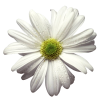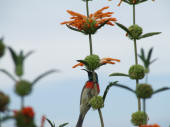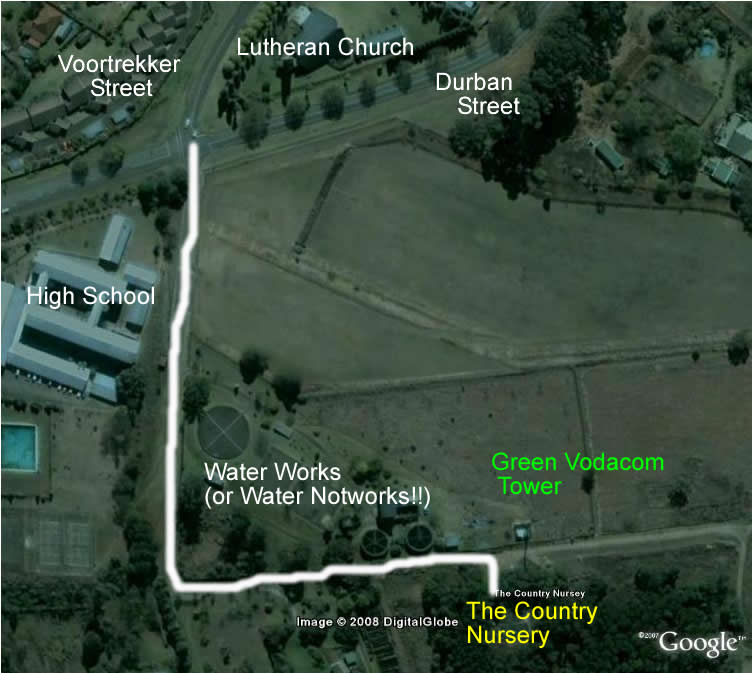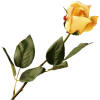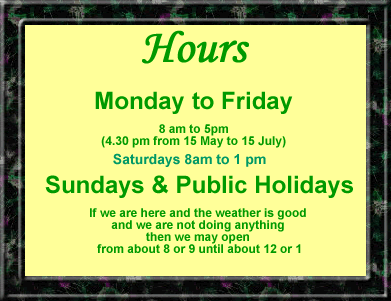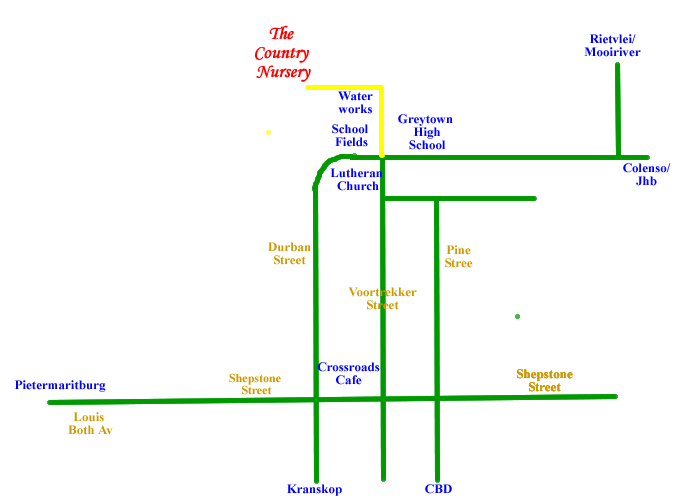|
The Country Nursery |
|
Loyalty Card After every R1 000.00 you spend you get R100.00 worth of plants free! Apply at the shop. NB Discounted purchases are not included in Loyalty Card totals. Place your Orders We come across a wide variety of lovely and interesting trees and shrubs when looking for plants from our suppliers. We would love to stock a wider variety but the reality is that it isn't good business to buy plants that stay on the shelf. So please let us know whether there is anything special that you are looking for and we will do our best to find it for you. You can click here to e-mail us. Newsletter We send out a Newsletter once a month setting out our Specials for the month and other gardening news and tips. Please sign up if you want to be on our mailing list. Quote "A Society grows great when men plant trees to provide shade in which they know they will never sit" - Ancient Chinese philosopher with a thin moustache (and if he didn't say it, we did!)
|
Come & see our large variety of INDIGENOUS & EXOTIC
and lots more in our beautiful country setting!
Indigenous We have experienced the advantages of going indigenous and aim to stock a wide range of indigenous plants that are suited to this area. We are all learning all of the time so please share your favourites with us next time you are at The Country Nursery or e-mail us so that we can share the information with others. It can be intimidating trying to start out - you know, everyone is talking about indigenous trees but where are they and will they do here?! The best test is to see what indigenous trees occur here naturally and then also see what people have in their gardens and where they are positioned. We are working on identifying trees and shrubs in and around Greytown. These are listed below with a few photos. It is still sparse but we are adding to it all of the time. Please send us your contributions. INDIGENOUS TREES & SHRUB LOCALITIES IN AND AROUND GREYTOWN Here are a few trees & shrubs for you to look out for in and around Greytown. We are experimenting and looking for better photos all the time. Please send us your contributions or tell us where we can find good specimens:- Aloe barberae Tree aloe - Boomalwyn - enKulu Click on picture to enlarge Tree aloes are, well, aloes that look like trees - or is it trees that look like aloes! They are unmistakable form plants that are becoming more and more popular especially with landscapers. The one pictured above is at 233 Cathcart Street and there are many others around town. Calodendrum capense Cape Chestnut - Wildekastaaing This is a truly beautiful indigenous tree gaining in popularity. It does well in our area and the pink blooms give a fine display in summer. It is sometimes confused with the dais cotonifolia (pompom tree). There is a fine specimen in the Anglican Church grounds. Enter the gate in Pine Street and the rounded tree on the corner of the path going to the door of the Church and the Leuchars Hall is a Cape Chestnut. Remember to look out for it early in the summer when it is in flower. Clivia miniata Clivia - Boslelie - Umayime Click on picture to enlarge These shade-loving plants come into magnificent bloom in mid-August. Very easy, low maintenance must-have plant in any garden. Also does well in a pot indoors. There are a couple of clumps under the trees at The Country Nursery and there are always lots in stock. The common clivia is the orange (C. Miniata) with the yellow one (C. Citrina) being less common. There are many other colours being developed by enthusiasts which you can buy at the various shows and open days around the Province. There are also other varieties being C. Gardenii and C. nobilis with a drooping, orange flower Freylinia Tropica Click on picture to enlarge The Blue Honeybell Bush flowers mainly in Spring, but also throughout the year. Delicate flowers may be white or lilac. It can also be planted to form a hedge, or singularly. It will grow into a lovely shrub-good for screening! It grows to about 1,5m high. Can also be grown in a large pot on a sheltered patio. I have a few in my garden and they are always full of insects and I often see a chameleon or two gobbling them up with their long sticky tongues. Halleria Lucida Tree fuchsia - Notsung - uNondomela Click on picture to enlarge Halleria is a shrub growing to about 3 metres and can develop into a tree in favourable conditions. It is evergreen and has very attractive dark green glossy foliage. The red flowers come out in profusion and are on the stem of the tree so need closer inspection as they are "inside" the tree. As with most indigenous trees and shrubs, they are good birding trees as the flowers are full of nectar and the berries tasty. Halleria grows naturally around Greytown and will be found along the roadside and in any patch of forest. It can be planted anywhere in the garden and makes a good hedge.
Kigelia Africana Sausage tree - Worsboom - umVunguta Click on picture to enlarge The photo is the only one we have available of one in Greytown. It is rather puny - in fact it is the worst photo of a Kigelia ever published on the internet, or anywhere else for that matter!! We will replace it as soon as we have a better one! The ones of the tree and flower were taken at Ndumo in mid - August. The tree was alive with birds.There is a big specimen in the Old Wartburg Road in Pietermaritzburg. If you take Orthmann Road from Greytown and then turn right at the robots at the intersection with the Old Wartburg Rd you will see a couple of trees on the left hand side of the road at the top of that hill about 100 metres from the next robots. The big tree on the town side is a kigelia. Leonotus Leonorus Wild dagga - Wildedagga - uTshwala-beZinyoni Click on picture to enlarge The wild dagga is not narcotic as its name suggests! It is an upright shrub which grows to about 2 metres. The flowers form one on top of each other every couple of inches on the long stem as it grows so that new ones are forming as the older ones are over. The zulu name means "beer of the birds" and it is so apt because sunbirds are constantly at the pub drinking the nectar. Look at the beautiful Greater Double Collared Sunbird at it below!! Click on picture to enlarge The common leonotis has an orange flower with the white being less common. Even less common is the peach variety pictured below. Click on picture to enlarge A related species is L intermediate (pictured below) which has a spikey round goody from which the orange flower grows. The intermediate flowers from January to June and that's about when the Leonorus starts so mix a couple together in a sunny spot and you will have flowers for most of the year with the birds potting away at the beer! Leonotis self seed so you will soon have quite a clump which you can thin out every so often. Their natural habitat is grasslands so it's best to cut them right to the ground to simulate fire and frost as soon as they have stopped brewing the beer otherwise they tend to get straggly. Click on picture to enlarge Melianthus Major Giant Honey flower - Kruidjie-roer-my-nie Click on picture to enlarge These interesting shrubs can be seen on the right as you drive through the gate at The Country Nursery. The leaves are a light greyish green with serrated edges and the flowers (mid-August) are reddy brown. Be prepared for a foul pong if you break the leaves - the Afrikaans name is a warning!! Milletia Grandis
Umzimbeet
Click on
picture to enlarge The tree right at top of the island in Pine Street between Shepstone and Scott Streets is an Umzimbeet. For the last few years I kept forgetting to look out for the lovely, delicate purple flowers that show in January but this year I made a special point and didn't forget! Podocarpus Henkilli Henkell's Yellowwood Click on picture to enlarge Common in Greytown. There are a number along the top fence of the Junior School on the corner of Durban Road and Scott Streets. There is a larger specimen at the back of the first green on the golf course and many other good specimens around town. They have lovely, drooping dark green, very dense foliage giving total shade. They are not so fast growing and some seem to stay the same height forever. But as always, there are others that seem to really do well in the right conditions such as the one pictured in Cathcart Street. Sutera Pauciflora Trailing Phlox is an attractive dainty looking groundcover with tiny starry white flowers. It likes a partially shaded to sunny position and spreads fairly fast. Tecoma Capensis Cape Honeysuckle - Kaapse Kanferfoelie - iMunyane Click on picture to enlarge The beautiful Cape Honeysuckle flowers from Spring to Autumn. It spreads to about 2-3m, but may be pruned to keep it neat. It is fast growing, drought resistant, and very easy to grow. It can be grown to form an attractive hedge. It is an excellent plant for the ‘bird garden’, and also attracts butterflies. Comes in red, peach and yellow. Wembley have a row of Tecomas between their sportsfields and the golf course on the left of the road on the way up. Generally always in stock at the Country Nursery in all three colours.
Trema Orientalis Pigeonwood - Hophout Click on picture to enlarge This tree is said to be the fastest growing of all indigenous trees and is an absolute magnet to birds. It is said to be pioneer species which all tend to grow fast and spread quickly via bird droppings. Trema are very similar to Celtis (White Stinkwood) and in fact it was called celtis orientalis until the boffins decided recently that it was something else. Unfortunately they seem to be frost sensitive and so you must find a sheltered position. We have planted about 10 around The Nursery over the last 6 years or so and all have survived the frosts that we have had even the severe frosts in 2010. It may be that the ones we grow are conditioned to frost as with stinkwoods. Flowering (not that they are anything to talk about) and fruiting start from very early - the second year even - and so they are virtually ready made trees when you buy them. They are an absolute must if you have the right spot and want to attract birds - one of the books reports that Lesser Striped Swallows have even been reported feeding on the small dark berries.
|
Features Trees of the Year 2011 Pavetta species - commonly known as the bride's bushes & Pappea capensis commonly known as the jacket plum, doppruim, umQhokwane Have you been to the Umvoti Flower Reserve at the Lake? It is beautiful and right on our doorstep!! Look at these photos of the hilton daisy and blue scilla. Click on the photos to enlarge. Read more about the Umvoti Flower Reserve
|
|
Fax: 0866 183 062 E-mail: thecountrynursery@greytown.co.za |
|
|
